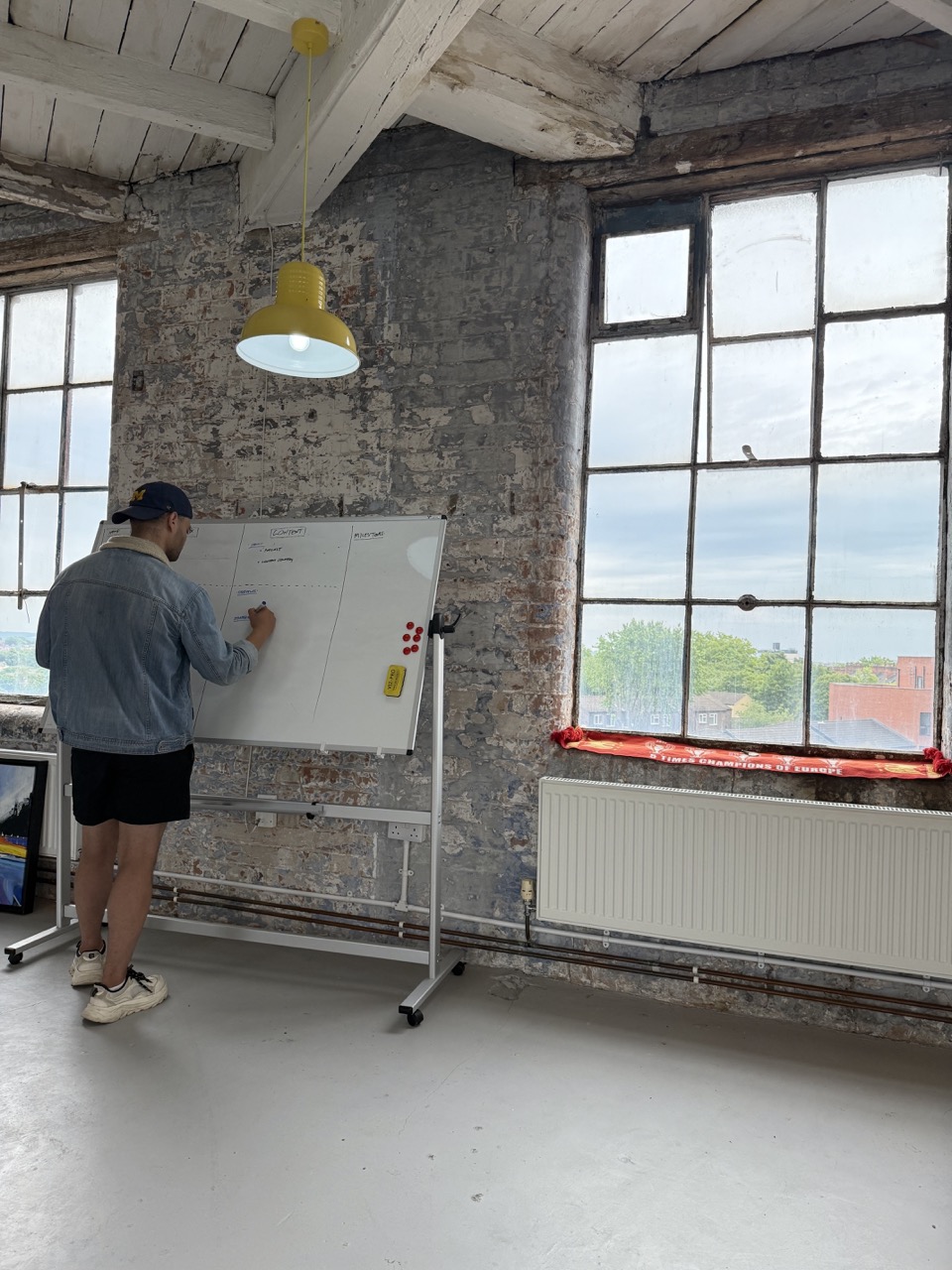Why did 60% of 2024’s failed startups burn through over $100 million?
Because the old playbook no longer works.
For years founders were taught to raise fast, scale quickly and spend big. But today’s market demands something very different. The startups that succeed in 2025 and beyond will be the ones that move with focus not just funding. This new wave is building leaner, working more agile and treating capital like fuel and not lifeblood.
Lean teams, sharper execution
Startups used to throw people at problems, now they throw process, tooling and automation.
Take ConvertKit, for example who with just 50 employees scaled to $30M in ARR by focusing on customer feedback, sustainable growth and deliberate hiring. Their founder Nathan Barry, frequently shares how they prioritise profitability over valuation and it’s working.
Or look at Zoho, the $1 billion bootstrapped giant that with no outside funding Zoho built a global SaaS empire by staying lean and customer-first. CEO Sridhar Vembu credits their independence for enabling long-term thinking without VC pressure.
Lean isn’t about being small, it’s about staying focused and avoiding bloat. Fewer people, clearer goals with tighter execution.
Agile from day one
Agile isn’t a process you adopt once you scale—it’s a mindset you start with.
Startups today are embracing rapid experimentation, weekly shipping cycles and fast feedback loops. Replit which is a developer platform uses agile sprints and AI tooling to ship features three times faster than competitors. Notion uses weekly sprint reviews powered by user feedback and AI, reducing feature development time by 40%.
Small teams can’t afford to overbuild so agile lets them stay close to the user and course-correct in real time.
Capital-efficient by default
In a market where VC funding is down 35% from 2022 peaks (PitchBook, 2025), capital efficiency isn’t a nice-to-have, it’s table stakes.
More founders are asking, “What can we prove before we raise?” or “How far can we go before needing more capital?”
Bootstrapped players like Gumroad hit profitability with under 10 employees. And AI-native startups like Kindo are scaling to thousands of users with just five people, thanks to workflow automation that saves them 50+ hours per week.
On the flip side cautionary tales like Fast which burned through $120M in two years and collapsed show what happens when growth comes without discipline.
Why this model is winning
The lean agile and capital-efficient model isn’t just a survival strategy, it’s a competitive advantage.
– Smaller distributed teams reduce overhead
– AI tools replace routine tasks unlocking leverage
– Bootstrapping creates resilience and optionality
– Agile methods increase speed to market
– Capital efficiency increases runway and improves valuations
A 2025 McKinsey study showed that remote-first startups cut operational costs by up to 30% while sustaining growth. Meanwhile, 40% of new SaaS startups in 2024 skipped VC entirely according to Crunchbase.
The next unicorns won’t be the biggest spenders, they’ll be the smartest builders.
What founders should do next
This isn’t about doing more with less. It’s about doing the right things with purpose.
Ask yourself:
– Can we scale without headcount?
– Are we solving a real problem—or just building a cool feature?
– Are we making capital work for us—or relying on it to survive?
The old playbook was about funding rounds.
The new one is about freedom.
Startups of the future will be built by small teams moving fast powered by smart tools and focused on value—not vanity.
If you’re building today, build lean, build agile and build something that lasts.





